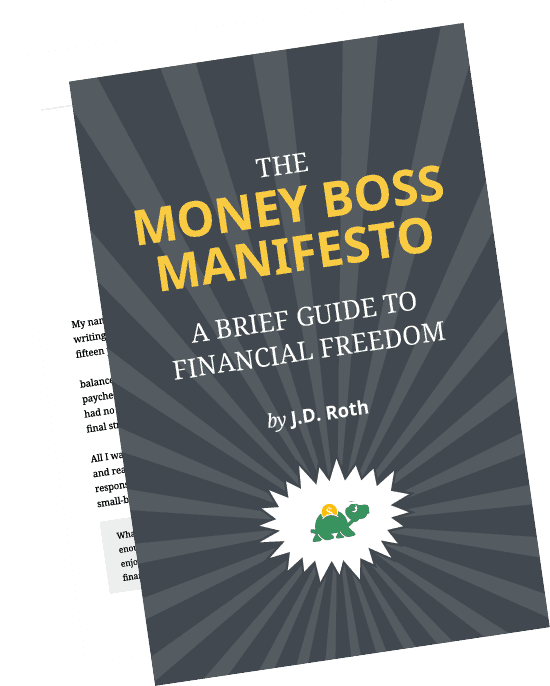What is Dollar-Cost Averaging? An introduction to DCA
The three videos scheduled for today were going to cover hedge funds. After watching them, however, I've decided they're not necessary for basic financial literacy. Unless I've missed something, hedge funds are targeted primarily at institutional investors. If you want to learn more about them, you can visit the SEC or watch Michael's videos at YouTube:
- Hedge funds 1: What is a hedge fund?
- Hedge funds 2: What is short-selling?
- Hedge funds 3: Different strategies
Instead of covering hedge funds, we'll move on to Michael's discussion of timing investments and dollar-cost averaging:
Because the stock market has historically shown strong returns over long periods, we can take advantage of this by ignoring short-term market movement and making regularly scheduled investments, regardless the market's condition. This technique is called “dollar-cost averaging”.
Critics of dollar-cost averaging argue that it provides a lower return than investing a lump sum now. This is true. If you have a choice, you should always invest early instead of waiting to spread the investments over time.
However, dollar-cost averaging is an excellent technique for those who cannot afford to invest a large sum at one time. If you have the choice between saving $4000 to put into your Roth IRA at the end of the year, for example, or paying $333.33 a month, do the latter. Don't bother trying to time the market, but make regular scheduled investments.
(I'll scan and post Michael's chart later. I hadn't intended to post this video today, and so I'm unprepared.)
Next week, Michael's video series winds down as he describes how to put the concepts he's taught us into practice.
Become A Money Boss And Join 15,000 Others
Subscribe to the GRS Insider (FREE) and we’ll give you a copy of the Money Boss Manifesto (also FREE)

